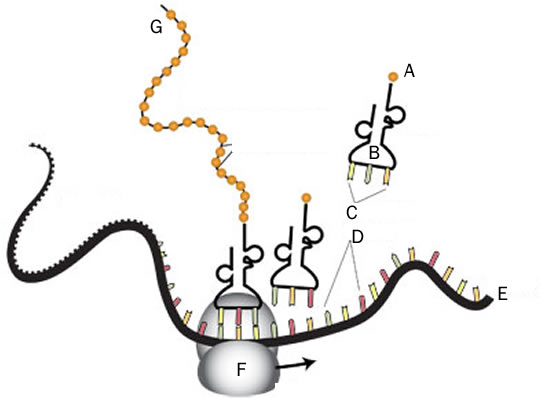

This week in science, we learnt that if there is an arrow on a force diagram that is facing down, the object is accelerating or decelerating. It is not showing an object going in a direction.











There is a simple pneumonic that can help students remember the organization of nature:Kangaroos Play Cellos, Orangutans Fiddle, Gorillas Sing.
If we take a Ring-tailed Lemur, we can trace it through the hierarchy of nature, taxonomy as follows, it belongs to:
The Animal …Kingdom
sharing with all other members of this group the need to feed on organic matter (unlike plants which can create energy using light and minerals)
The Chordate (or vertebrate) … Phylum
sharing with all other members of this group of animals, a back bone with a hollow nerve chord
The Mammal … Class
sharing with all other members of this group of vertebrates, the ability to feed their offspring on milk and having a body covering which includes fur
The Primate … Order
Sharing with all other members of this group of mammals, a thumb that can be opposed to the other digits, binocular vision and various more broadly defined characteristics (including high intelligence, relatively long maturation period for the young, dental similarities, tendency for complex social organization, and generally bearing one or two young)
The Lemuridae … Family
Sharing with other members of this group of primates, a slightly longer nose, smaller brain, long slender limbs, a tail, more specific dental features including the grooming comb formed by the lower incisor and canine teeth
The Lemur … Genus
Sharing with other members of this group of lemurs, scent marking methods, vocalizations, aspects of social structure and overall body shape
The Ring-tailed Lemur … Species
I have to cite this: http://www.tigerhomes.org/animal/curriculums/lemurs-4.cfm
Just like that, we are classified live this:
Phylum: Chordata Class: Mammalia Kingdom: Animalia 


 Species: sapiens So, we are classified as Homo Sapins. Thi s is the most dynamic way of saying what we are.
Species: sapiens So, we are classified as Homo Sapins. Thi s is the most dynamic way of saying what we are.

